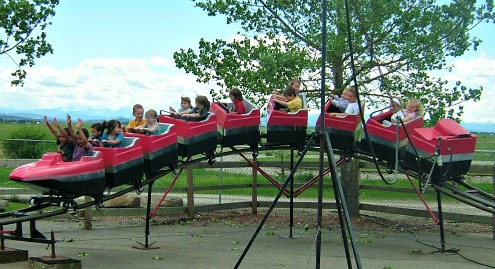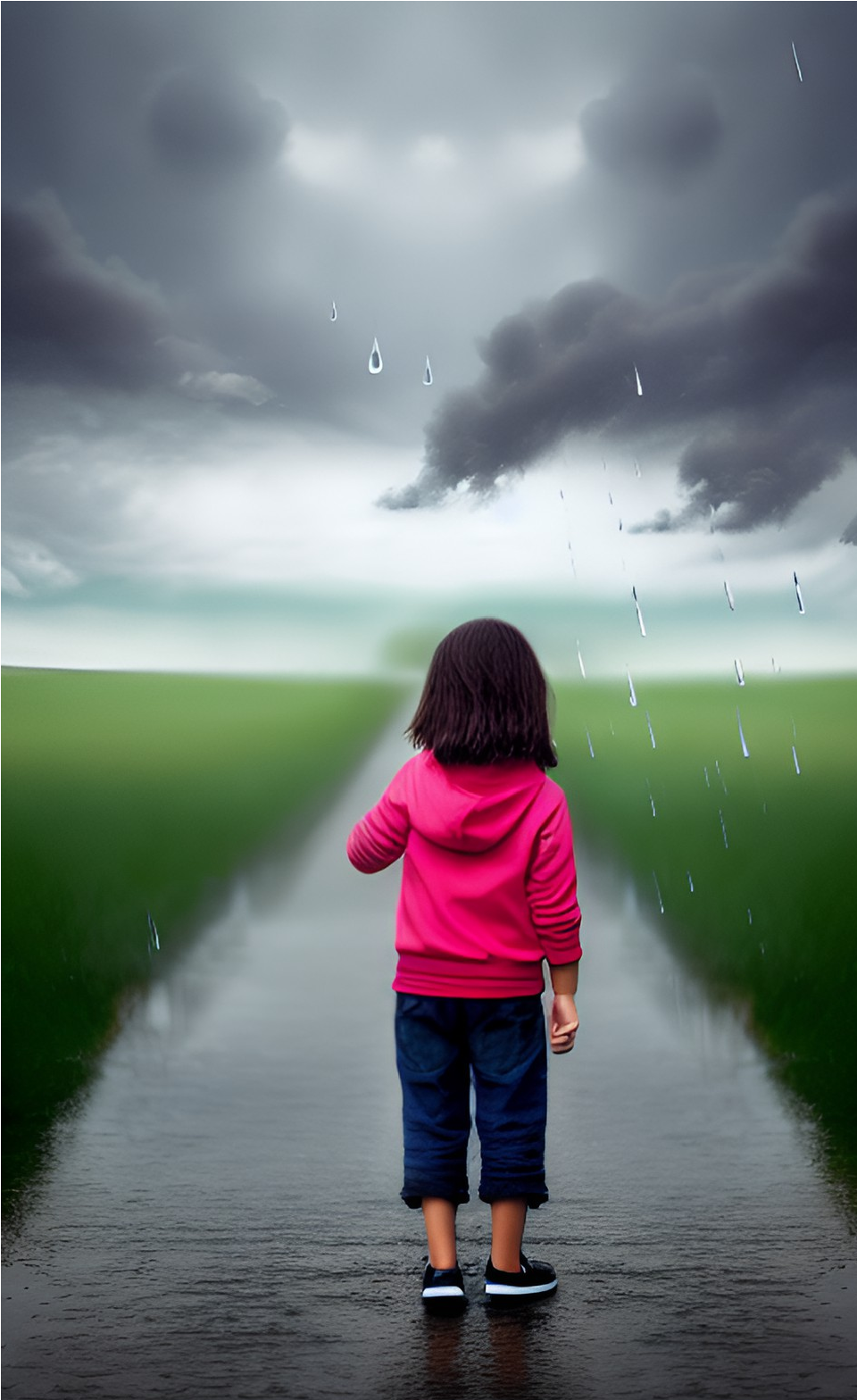- Air Homepage
- Privacy Policy
- Meteorology for Kids
Meteorology for Kids: A Natural Combination!
Find more about science education.
Curious youngsters will want meteorology for kids. Hands-on science is great for kids! They also love being outside, where weather happens. Kids and meteorology go together like peanut butter and jelly.
Children are often fascinated by weather because it's a dynamic and ever-changing force that they see, hear, and feel every day. Children can relate to weather because it affects what they wear, where they go, and what they can do.
In addition, learning about weather can help kids understand science concepts like temperature, precipitation, and atmospheric pressure. Making observations, collecting data, and making predictions about future weather patterns can also help kids develop critical thinking skills.
Kids can learn about weather through hands-on activities like making weather instruments, conducting experiments, and observing and recording weather patterns. A lifelong interest in science and meteorology can come from this engagement and excitement.
You can go walking in the rain with little ones wearing rubber boots and raincoats. Kids will love checking the wind direction, measuring pressure measuring pressure changes, and measuring rainfall with a homemade weather station.
There's something fascinating about clouds. How do clouds form? Can you explain it to your kids? How do cloud types affect weather forecasting?
Kids would love this. Take a look at the fluffy patterns in the sky with them. It's the puffy cumulus clouds that offer the most interesting shapes, but the wispy cirrus clouds are also pretty.
Let them know that clouds form from water vapor condensing into water droplets. Water evaporates here on earth and rises into the sky as water vapor. A tiny drop of water forms when it gets far enough away from the earth's surface.
To make a single raindrop, it takes millions of tiny water drops! We may get rain when enough droplets join forces in the cloud.
Need help finding meteorology for kids?
A lifelong love of learning can be inspired by introducing young children to advanced sciences like meteorology. Here are some ideas for introducing young kids to meteorology:
- Introduce your child to the basics of weather and meteorology, like temperature, precipitation, wind, and clouds. Make sure they understand these concepts by using simple language and concrete examples.
- Make your child's own weather instruments, like a rain gauge, thermometer, or wind vane. These instruments allow them to collect and record data, helping them develop scientific observation and recording skills.
- Read books and watch videos: There are tons of kid-friendly books and videos that introduce meteorology. Choose books and videos with colorful illustrations and simple language that your kid will love.
- Take your kid to a science museum or planetarium where they can see meteorology exhibits and demonstrations. Children can also learn about weather through interactive exhibits and hands-on activities at many science museums.
- Spend some time outside with your child observing the weather and talking about it. Discuss the different factors that affect the weather, and let them make their own weather observations and predictions.
You might be able to find something at your library
Check out the library for kid books on meteorology if you want to teach your kids more. Find call numbers starting with 551.
You can get a great overview of any science topic from books written for kids, like physics for kids, rocks and geology, dinosaurs, etc. You can learn about cloud types and what kind of weather they are associated with in a good kid's book about weather forecasting.
This experiment shows how clouds form and demonstrates meteorology in a small way. You'll need a big bowl, plastic wrap, ice, and hot water. Put about 2 or 3 inches of very hot water in the bowl. Wrap the top in plastic wrap.
Put a couple of ice cubes on top of the plastic wrap. Steam will rise from the hot water and form a "cloud" near the ice. "Rain" will drop back into the bowl of water.
Give it a shot! Here's an interesting question. Is running better than walking from your house to school in the rain? See what this guy says about it.
You can inspire a lifelong love of learning by introducing young children to meteorology in a fun and engaging way.
Check the privacy policy to see how this website handles children's private information.
Go back from Meteorology for Kids to the Site Map web page, or visit the Stuff in the Air homepage.
Search this site for more information now.
Introducing meteorology to kids: Teach them about the atmosphere
How often do your children ask you questions? Children's meteorology provides examples of how to deal with this and stimulate their curiosity.
Do you have concerns about air pollution in your area??
Perhaps modelling air pollution will provide the answers to your question.
That is what I do on a full-time basis. Find out if it is necessary for your project.
Have your Say...
on the StuffintheAir facebook page
Other topics listed in these guides:
The Stuff in the Air Site Map
And,
Thank you to my research and writing assistants, ChatGPT and WordTune, as well as Wombo and others for the images.
GPT-4, OpenAI's large-scale language generation model (and others provided by Google and Meta), helped generate this text. As soon as draft language is generated, the author reviews, edits, and revises it to their own liking and is responsible for the content.






New! Comments
Do you like what you see here? Please let us know in the box below.